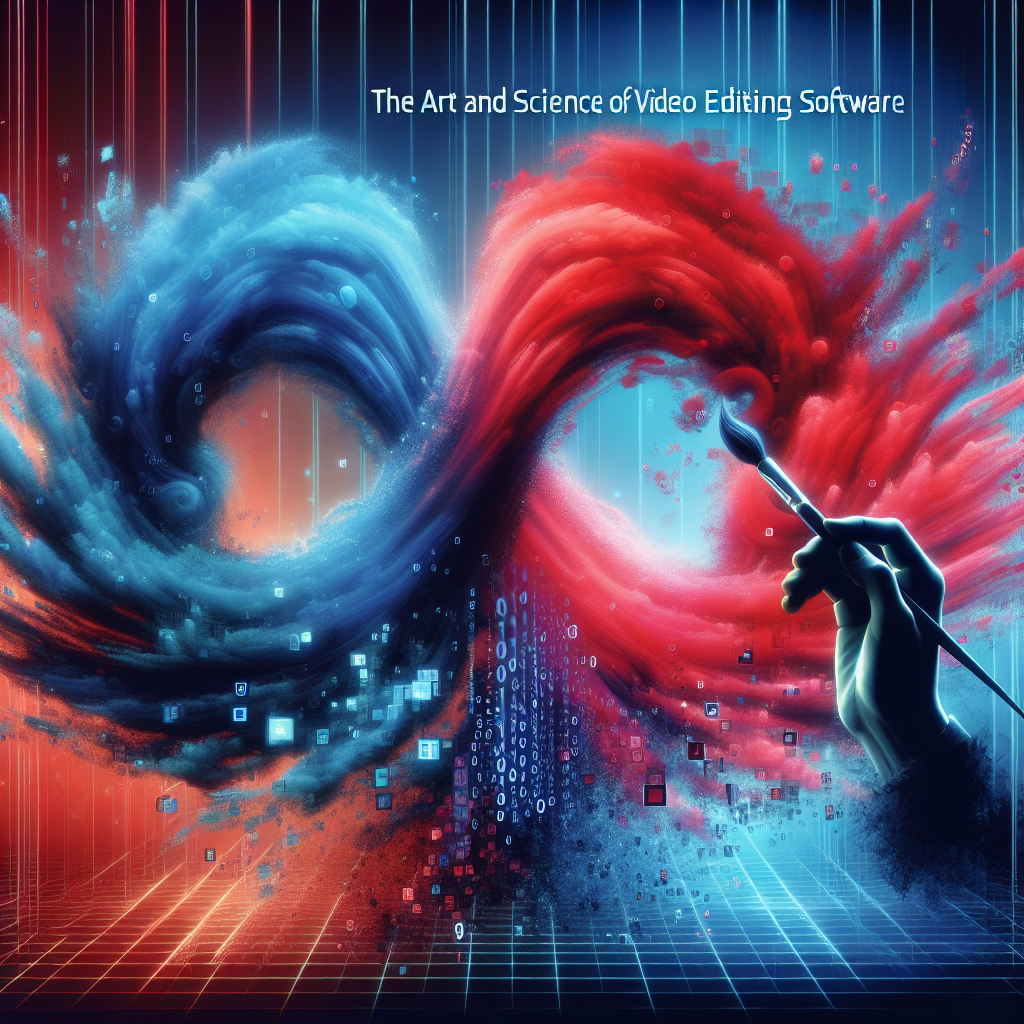Video editing is a paradox of a task. It combines the highly technical realm of digitized media with the timeless creativity of storytelling. Truly successful video editors learn to navigate the complex and intricate between these two worlds. A skill they commonly develop in this cross-disciplinary journey is the ability to merge multiple video editing software platforms.
In our contemporary era, no one editing program is an end-all solution for every task in the editing process. Each editing software has unique strengths and features that make it better suited for a particular task. Some shine in basic cutting and sequencing, while others exhibit strengths in visual effects and transitions. It is for this reason that the ability to merge would come in handy.
Merging In Context
On the surface, merging video editing software involves using multiple programs to work on a single project. However, this doesn’t merely imply hopping randomly from one software to another. Instead, it requires a strategic synthesis of different software within various stages of the video editing process.
Why go through such complexities? Simple. Mastering this art can lead to unbelievable flexibility and control over the editing process and, consequently, a high-quality output devoid of creative compromise.
Finding the Seamless Blend
The science part of merging video editing software lies heavily on finding the seamless blend. Seamless here means that the transition between programs is smooth and has a minimal impact on the workflow. Ship-lapping timelines, round-tripping, and collaborative features are some techniques editors use to achieve this seamless blend.
Round-tripping is the process of moving between different software applications consistently and smoothly. This technique is critical, especially when dealing with software from different developers. Adobe, for example, offers a simple round-tripping technique with After Effects and Premiere Pro.
Coordination Between Platforms
Coordination between platforms is another scientific aspect of this merge. One needs to ensure the software used speaks the same language. When dealing with different software, using similar file formats is critical. This goes a long way in ensuring a smooth transition as one navigates from one platform to another.
The Art Behind the Merge
The artistic aspect of merging video editing software is perhaps the most compelling facet of this practice. This is where the imagination truly runs wild. You’re not restricted to the limitations of a single platform but have multiple platforms to actualize your imagination.
The key here is to maximize the strengths of each platform. For instance, if Adobe Premiere Pro is your weapon of choice for the initial cut due to its efficient timeline and cutting tools, and Adobe After Effects for compositing because of its superior VFX tools, merging these tools in a meaningful way could save you time and generally elevate the overall quality of your work.
Conclusion
Merging video editing software is an innovative method that demands both technical knowledge and artistic creativity. As the video-editing world continues to evolve, the mastery of this skill will no doubt be essential for anyone looking to elevate the quality of their work and gain some competitive edge. Remember, it’s all about the blend; the seamless transition between software and a coordination that allows you to maximize each tool’s unique strengths.
FAQs
1. Why would someone use multiple video editing software in a single project?
Using multiple software programs allows you to utilize the best features of each, enhancing the quality and efficiency of your work.
2. What is meant by a seamless blend when merging video editing software?
A seamless blend refers to the smooth transition from one software program to another, minimizing disturbances in workflow.
3. Why is coordination between platforms important?
Coordination ensures that different software can work together without conflicts, particularly when it comes to the transfer and compatibility of file types.
4. Does mastering the merge require both technical skills and creativity?
Yes, the technical skills are necessary for navigating software and understanding file formats, while creativity aids in maximizing the unique strengths of each tool.
5. Does merging video editing software improve the quality of work?
Yes. Through the merge, you can utilize the best features of each software, leading to high-quality output and increased efficiency.

